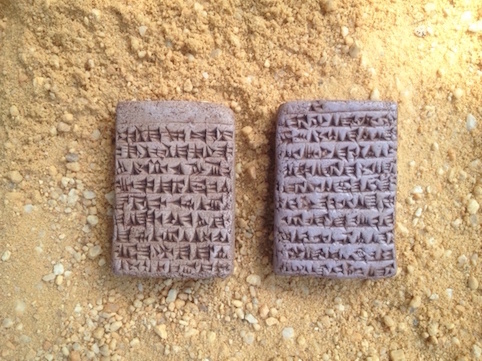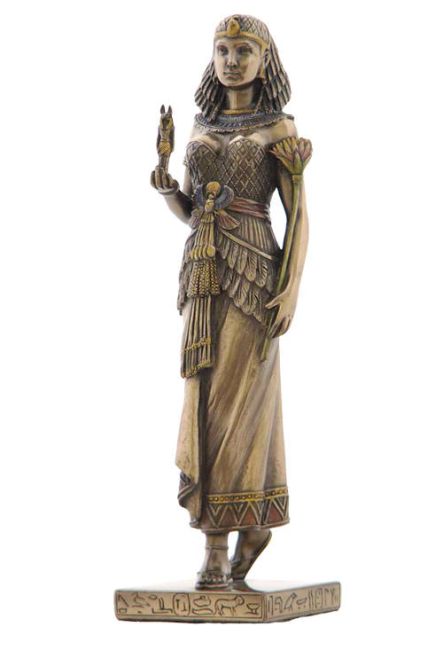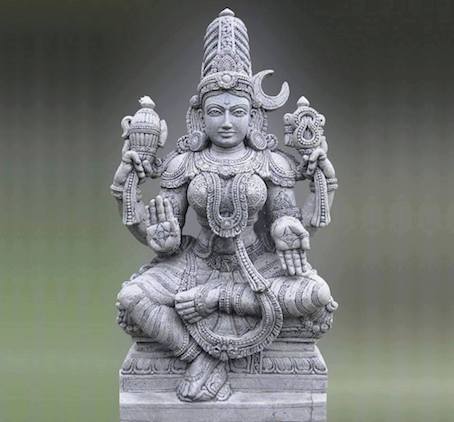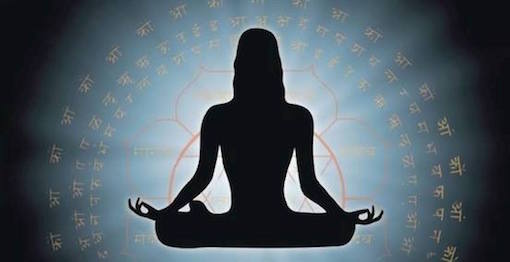Some 3400 years ago there lived a King whose name was Amenhotep lll, the ruler of Egypt and future grandfather of Tutunkhamun, and deep within his heart he desired the hand of the daughter of Tushratta, the powerful King of the region of Mittani.
Some six times the great King of Egypt had requested the hand of the daughter of Tushratta and each time due to his advanced age he had been refused and so he decided to write to the father of Tushratta declaring “the father is more merciful than the son, please fulfil my desire”.
Although his desire was granted and princess Tadukhipa was duly despatched to Egypt, by the time she arrived Amenhotep had left this world and instead she married his son Akhetanen and went on to become the famous Queen Kiya.
These conversations between Amenhotep and Tushratta were discovered in Hattusa, once the capital of the Ancient Hittite Kingdom, and where, in 1907, they discovered hundreds of stone tablets dating back some 3400 years and giving us a glimpse of life within Western Asia some 3400 years ago.
As we read these conversations we find evidence of the presence, some 3400 years ago, of the Ancient Vedic culture of India throughout Western Asia and this is seen consistently within the names which are mentioned, the language which is written and the gods who are evoked as witnesses.
The name of Tushratta who was the King of Mittani has been widely accepted to be Sanskrit as the ‘Ratta’ is said to be the ‘Ratha’ of Sanskrit whose meaning is ‘chariot’ and it seems that the ‘Tusha’ is ‘Dasha’ hence ‘Dasaratha’ a name from the Ancient Vedic culture whose meaning is one whose chariot ( ratha ) can travel in the ten ( dasa ) directions.
The Kings of Mittani bear names formed from the language of Sanskrit as seen in ‘Rtadhama’ an obvious example whose meaning is the law ( rta ) of dharma and although its a guessing game with other names such ‘Artashumara’ ‘Suttarna’ ‘Baratarna’ ‘Parsatatar’ ‘Mativasa’ ‘Kirta’ and ‘Vashasatta’ they are clearly formed from Sanskrit words.
The capital of Mittani was known as ‘Washukhani’ and this is none other than ‘Vasukhani’ a name which is formed from two Sanskrit words as in a mine ( khani ) of wealth ( vasu ) and within the city of Kissuwatna, which is another Kingdom of Mittani, we find more Kings whose names are formed of Sanskrit words.
‘Sunasura’ is an obvious name from the language of Sanskrit which can be translated as the son ( suna ) of the sun ( sura ) and we also have ‘Pariyavatri’ whose meaning is one who travels ( pariya ) like the wind ( vatri ) and also ‘Padati’ whose meaning is ‘foot soldier’ all of which are Kings of Mittani.
These stone tablets of Amarna which were found within the capital of the Ancient Hittite Kingdom of Hattusa also contain a horse manual by a trainer who is known as Kikuli and many of the instructions which are given are written in the language of Sanskrit.
The word which is mentioned for horse trainer is ‘Assussani’ which is simply ‘Asvasani’ words from the language of Sanskrit whose meanings are one who procures ( sani ) horses ( asva ) and in one of his instructions he writes ‘Aika Wartana’ indicating ‘one turn’ words from the language of Sanskrit as in one ( eka ) turn ( vartana ).
Tera Wartana he writes for three turns which is simply three ( tri ) turns ( vartana ) he writes Panza Wartana for five turns which is five ( panca ) turns ( vartana ) he writes Satta Wartana for seven turns which is seven ( sapta ) turns ( vartana ) and he writes Navartanaa for nine turns which is nine ( nava ) turns ( vartana ) words which are clearly Sanskrit.
One of the most fascinating discoveries is the tablet upon which is written the Shattivasa treaty in which the King of the Hittites agrees to invade Mittani to install the son of Tushratta as the rightful heir and at the end of the tablet the King calls as his witness the following.
“The storm god, lord of heaven and earth and the Moon god and the Sun god, the Moon god of Harran, heaven and earth, the storm gods, the Mitra gods, the Varuna gods, Indra, the Nasatya gods, lord of Vasukhani, the mountains and the rivers, the deities of heaven and the deities of earth.”
Some 3400 years ago the Kings of Western Asia are seen here to be evoking ‘Varuna’ ‘Indra’ and the Nasatya gods known as the ‘Twin Asvinis’ an indication of how the Ancient culture of Vedic India was widespread but also the antiquity of Vedic culture and how their traditional dates of 5000 to 6000 years for their golden ages of the Mahabharata and the Vedas are supported by the evidence.




